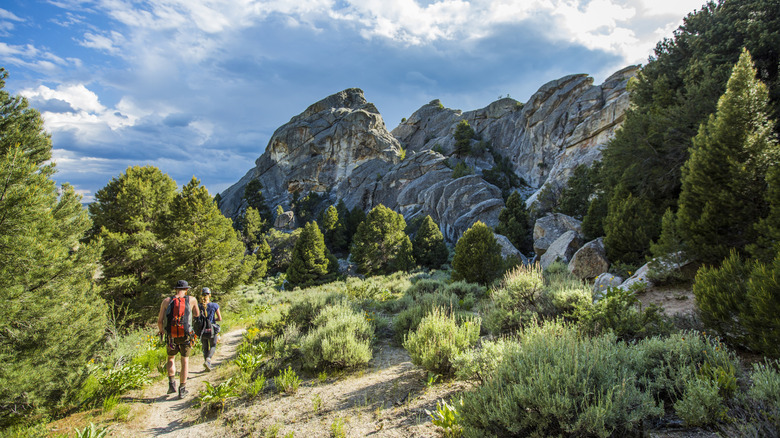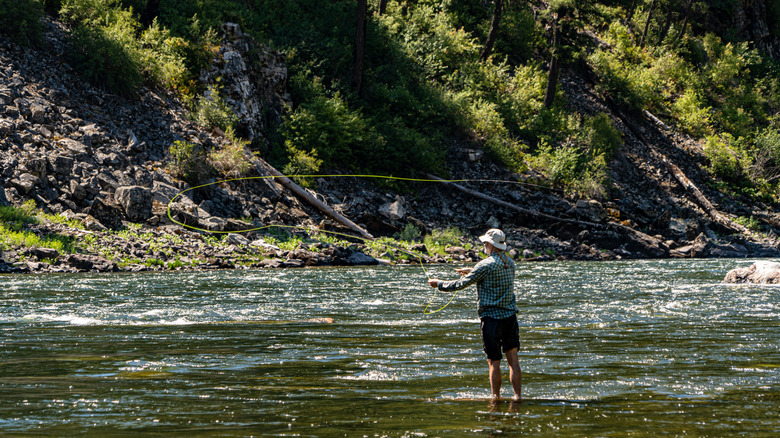The United States has no shortage of iconic hiking trails. The two that spring to mind immediately are the Pacific Crest and Appalachian Trails, each of which traverses the length of the East and West coasts, respectively. If you’re looking for a more manageable thru-hike, options like Vermont’s Long Trail (America’s oldest long-distance hike) provide access to wilderness you cannot find on a standard hike through a small state forest or nature preserve. However, one thru-hike trumps all others in terms of just how wild, varied, and relatively untamed it is: The Idaho Centennial Trail (ICT).
Billed by Backpacker as one of “America’s wildest trails,” the ICT was the brainchild of friends Roger Williams and Syd Tate in the 1980s. The idea was monumental but straightforward: Create a trail that runs the entire north-south length of Idaho and provide hikers with an all-encompassing experience of the various natural wonders the Gem State has to offer. Over the course of several years, their dream became a reality, and Idaho officially recognized the ICT as a state trail to mark the state centennial in 1990.
The ICT is nearly 1,000 miles long, winding along rivers, canyons, deserts, and mountain forests. While shorter and far less crowded than the Pacific Crest and Appalachian Trails, the ICT is one of the most difficult trails in the country. Committing to hike the full length — or even sections — of this ruggedly beautiful trail will require lots of preparation.
Preparing to hike the ICT
Taking on a trail that is 995.6 miles in length is no small task. Even if you only plan on doing a section of the trail, you need to be properly prepared. As we mentioned earlier, this is a wild trail. Many sections are not marked and have become so overgrown that trails are hard to distinguish. Many lead down to treacherous canyons and take you across steep ridges. Several more are days away from any amenities or emergency services. Bringing gear like water, first aid, maps, compasses, trail guides, and GPS-powered radios and phones is essential when hiking the ICT.
The southern terminus of the ICT — what many consider its official start — is the Nevada/Idaho border crossing near the remote Murphy Hot Springs. Tucked deep in the southern Idaho desert, the trailhead is roughly 3.5 hours from Idaho’s state and foodie capital, Boise. From there, hikers can expect nearly 1,000 miles of diverse terrain before ending near Upper Priest Falls near the Canadian border.
Choosing when to begin your hike is also critical. If you start too early in the year, you will encounter snow in the central and northern mountains. If you start too late, you’ll be boiling in the southern desert. Resupply areas are few and far between, so make sure you stock up on essentials whenever you get the chance. It’s also worth calling ahead to a National Forest Service office to inquire about trail conditions.




